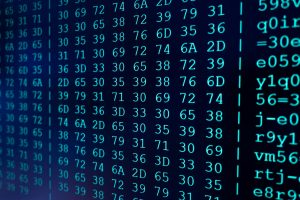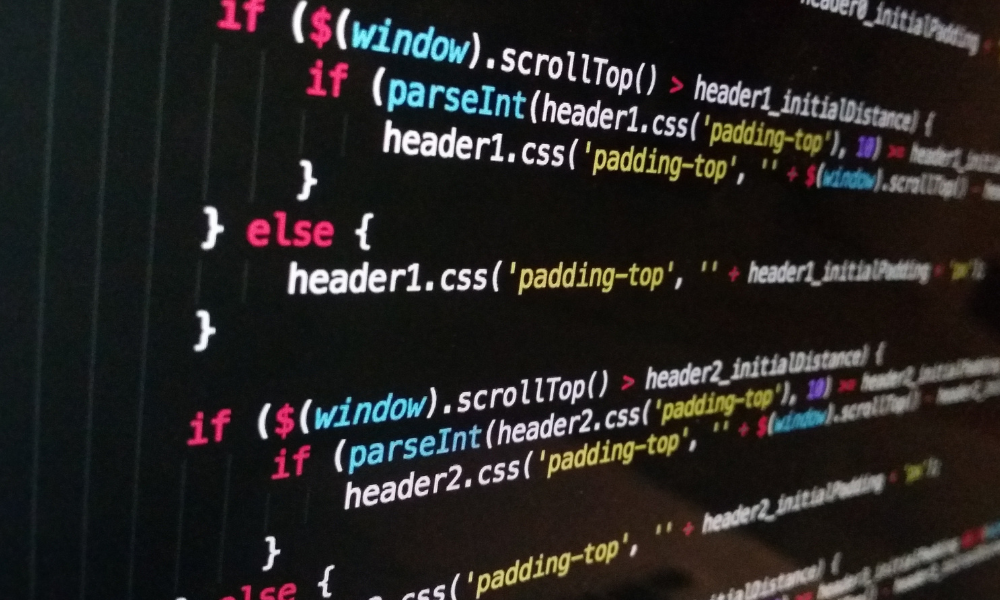Elevators, though commonplace, are actually highly complex systems that rely on advanced software code to function properly. From the moment you press the call button to the moment you step out on your desired floor, multiple systems and algorithms are at play, ensuring your journey is smooth, precise and safe.
Elevator Software and Its Importance
Elevator software forms an integral part of the functional fabric of our daily lives. The very essence of its design and its operations is rooted in delivering efficiency, accuracy, and above all, safety. The underestimation of the importance of elevator software would be a significant mistake. It is so crucial that it has an entire industry dedicated to its design, maintenance, and continuous improvement. It’s not just about moving people; it’s about advancing with technology and improving the vertical transportation ability of spaces that we live and work in.
When we use an elevator, we seldom think about the complex network of software code that powers each trip. It is a testament to the skill and expertise of software engineers that elevators are such a reliable and convenient means of transport. Especially in high-rise buildings, the software code used in elevators is paramount to a swift and seamless vertical journey.
Understanding the Mechanism of Elevator Control Systems
The elevator control system is a perfect example of a real-world implementation of a complex software-controlled mechanical system. The intricacy of the control system lies not just in the hardware but also in the software code that gives life to the machine. To function, an elevator requires a cornerstone of intelligent software that interprets and commands sequences based on input from various sensors and interfaces.
Using advanced algorithms, the software code manages multiple operations simultaneously. It is responsible for allocating pickup and drop-off tasks to different elevators, ensuring maximum efficiency and minimum wait times. Even relatively simple home elevators need code to operate. Thereby, understanding and refining the mechanism of elevator control systems are paramount to elevating the performance of these ubiquitous machines.

Key Features and Functions of Elevator Software Code
The power of the elevator software lies in the ability to balance efficiency and safety. The software algorithm manages requests from multiple floors, dispatching elevators based on various factors, such as elevator location, direction, and load. Besides, it allows for various modes of operation, catering to the different needs of the building, such as energy-saving mode or priority service to certain floors.
One of the essential features of elevator software code is its ability to communicate with other system components. The code should be able to interpret signals from sensors and controls spread throughout the elevator system effectively. Emergency situations also require the software to react accordingly, implementing safety protocols and alerting relevant authorities when necessary.

Analysis of Common Coding Languages Used In Elevator Systems
While the functionality of the software is crucial, so too is the choice of coding language used. In the early days, the C programming language was often used due to its robustness and flexibility. Over time, however, more modern languages have become popular in the realm of elevator software.
Languages like Java, Python, and C++ are now the preferred choices because of their object-oriented approach and relative ease of use. Moreover, the use of real-time operating systems (RTOS) in elevator control systems has increased the demand for languages like Ada that are specifically designed for real-time and embedded systems.
The Role and Implications of Future Technologies in Elevator Software Code
Looking towards the future, technologies such as IoT, machine learning, and data analytics are set to play a significant role in the advancement of elevator software code. Elevators could become smarter, learning from patterns in usage to predict demand, thereby reducing wait times and increasing energy efficiency.
Moreover, IoT technology allows for real-time monitoring of elevators, providing diagnostics and proactive maintenance alerts, which could significantly reduce downtime and increase the lifespan of the elevators. As we continue to advance technologically, the role of software in elevators will only grow more prominent, proving that the sky is truly the limit for elevator technology.
In conclusion, the software code that elevators use is more than just lines of code. It’s the life force that ensures a seamless journey for millions of individuals daily. Its importance cannot be understated and, with the advent of more advanced technologies, the software code will continue to evolve, growing ever smarter and more efficient. The journey of elevator software is an upward one and promises to elevate our vertical journeys to new heights.

